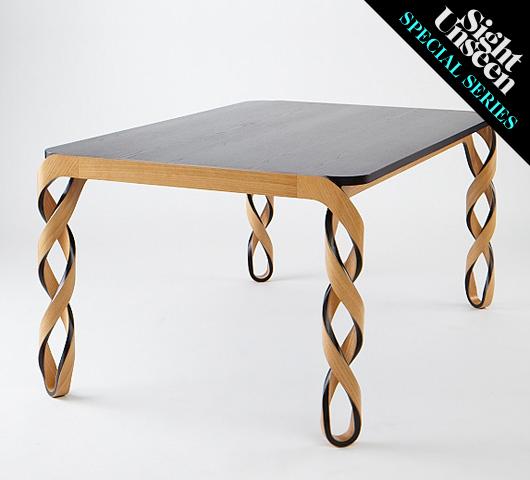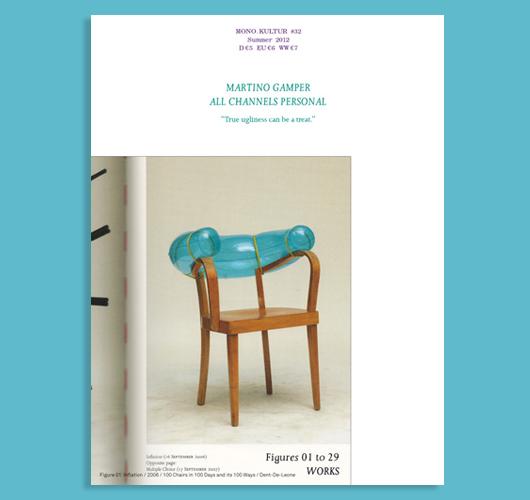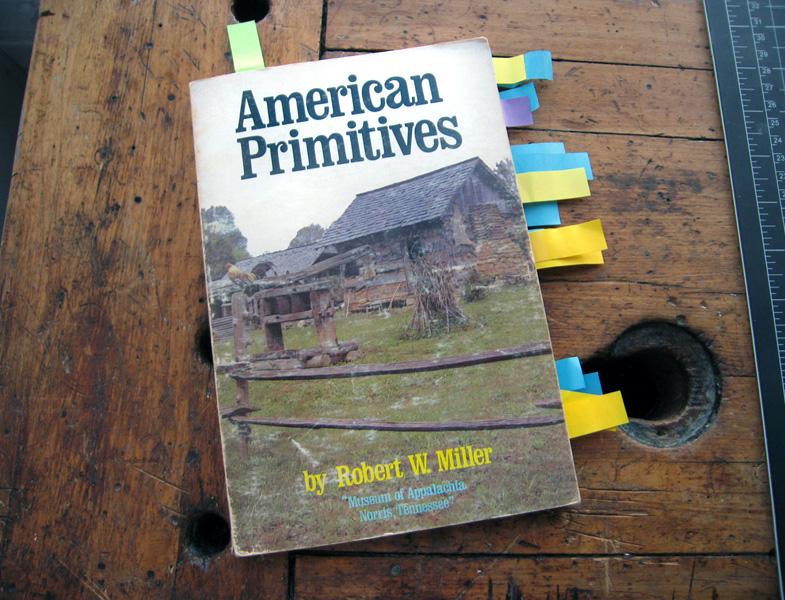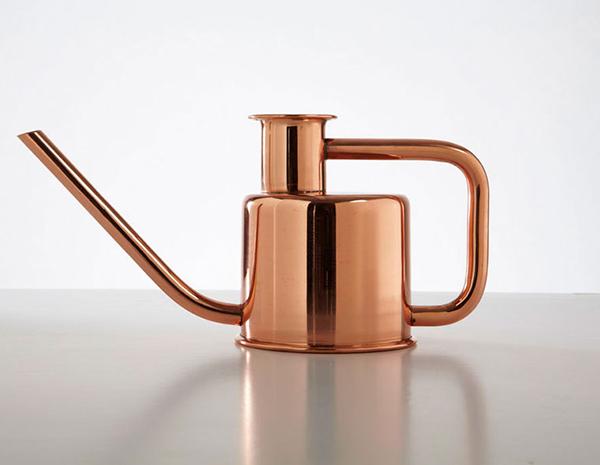
06.18.13
Sighted
Paul Loebach Q+A on Core77
One of the things we love so much about the website Core77 is that it makes the very wide, sometimes dry world of industrial design feel like such a small, warm, tight-knit community; it’s all that insider info, combined with a jovial, conversational tone and a knack for rounding up essays and other up-close-and-personal content from so many great design voices. We’re all about the up-close-and-personal here at Sight Unseen, so we love it every time Core starts a new series devoted to things like entrepreneur profiles and Proust questionnaires; their newest column — called, simply, the Core77 Questionnaire — is only two subjects old, and we’re already looking forward to finding out what the designers we admire love and hate about their job, how they procrastinate, and where they see themselves in 10 years. Last week’s interview was with an old SU mainstay, the Brooklyn furniture and product designer Paul Loebach, whose responses we’ve excerpted here for your reading pleasure. Check out the original post right here, then be sure to RSS this feed if you like what you see!
Name: Paul Loebach
Occupation: I’m a furniture and product designer.
Location: Brooklyn
Current projects: I’m just finishing up a watering can design I did for an American brand called Kontextür, and I’m working on some new lighting with the American company Roll & Hill. And there are always a couple confidential new projects in the works.
Mission: My philosophy as a designer is to improve the lives of society as a whole by bringing value and meaning to the objects that inhabit our material world.
When did you decide that you wanted to be a designer? When I was really young. I remember playing with my toys and thinking about ways that they could be improved and wanting to redesign them. Eventually that evolved into my awareness of the field of industrial design.
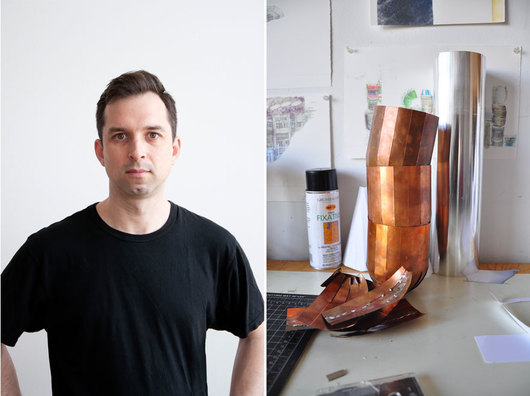
Education: I went to Rhode Island School of Design, studying industrial design. Graduated in 2002.
First design job: Right after I graduated, I moved to New York City to do an apprenticeship for a furniture designer named John Davies. Basically I did full-scale drawings of wood furniture under his guidance. I did that for a year, at which point I branched off and started my own design business.
Who is your design hero? I don’t know if I have any one particular hero. Anytime I open up a design book or magazine, I just have respect for all those people that have made their mark in that way, because I know how much effort, thoughtfulness, patience, and stamina it takes to get there. So the people that are out there doing it and making it happen in general are my design heroes.
Describe your workspace: It’s a loft in Brooklyn that used to be a sweater factory, where I live and work. It’s something along the lines of an old atelier, sort of like an artist’s atelier in Paris back in the day.
Other than the computer, what is your most important tool? I think that’s got to be a tie between pencil, X-Acto, cell phone, and tape measure.
What is the best part of your job? Being able to do what I love — being able to, every day, genuinely make a positive contribution to the world at large. Or at least to genuinely have full control to try to do that.
What is the worst part of your job? In the cutting-edge world of design, it’s competitive. And because of that, resources can be scarce. So that creates challenges sometimes that are tricky.
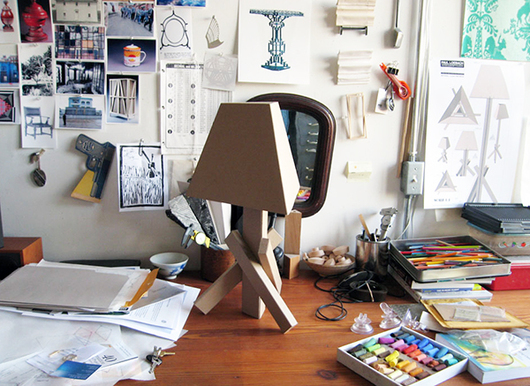
What time do you get up and go to bed? That really varies. I travel a lot, so my schedule is pretty fluid. I do have general studio hours from 10 to 7. But when I get up and go to bed is anyone’s guess.
How do you procrastinate? Well, I really try not to procrastinate. If I’m going to work, I’m going to work. And if I’m not going to work, I will take a vacation.
What is your favorite productivity tip or trick? You know, I don’t have any tricks. I just use all the time-honored methods for productivity: set goals, make to-do lists based on your goals, prioritize the things on your to-do list, and then start at the top and bang ’em off one by one.
What is the most important quality in a designer? I think it’s patience. To do things that are really worthwhile takes time, and it’s the designer’s responsibility to have the patience to see that through.
What is the most widespread misunderstanding about design or designers? About artists and designers, by far the most common misunderstanding is that they are not good at business or not interested in business. I think successful artists and designers are usually incredibly good businesspeople and incredibly interested in the business side of the work.
What is your most prized design possession? That’s an easy one. I have a knife that my grandfather made during World War II out of scrap airplane parts.
What is exciting you in design right now? I think it’s such an amazing time for design. Designers and companies are getting really careful and thoughtful and intelligent about production—about how things are made—and that’s very exciting to me.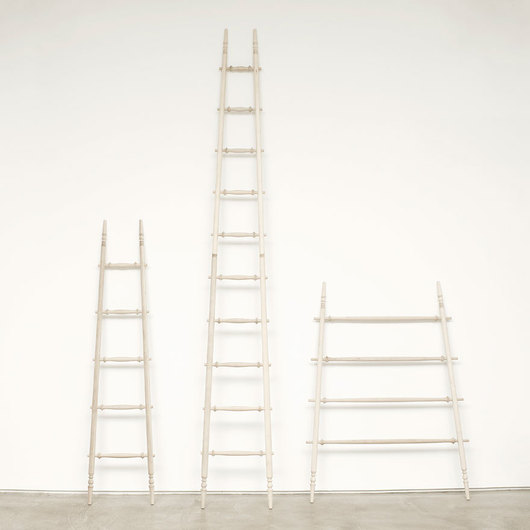
If you could redesign anything, what would you choose? I would choose a light switch, because there’s such a subtle and interesting set of important ergonomic considerations. And also the volume of sales would be really, really high.
What do you hope to be doing in ten years? Same thing I’m doing right now—doing cutting-edge furniture and product design.
Lastly, who’s more fun to have a drink with: architects, industrial designers, or graphic designers? Obviously it’s industrial designers. But I don’t drink, so I could be wrong.
